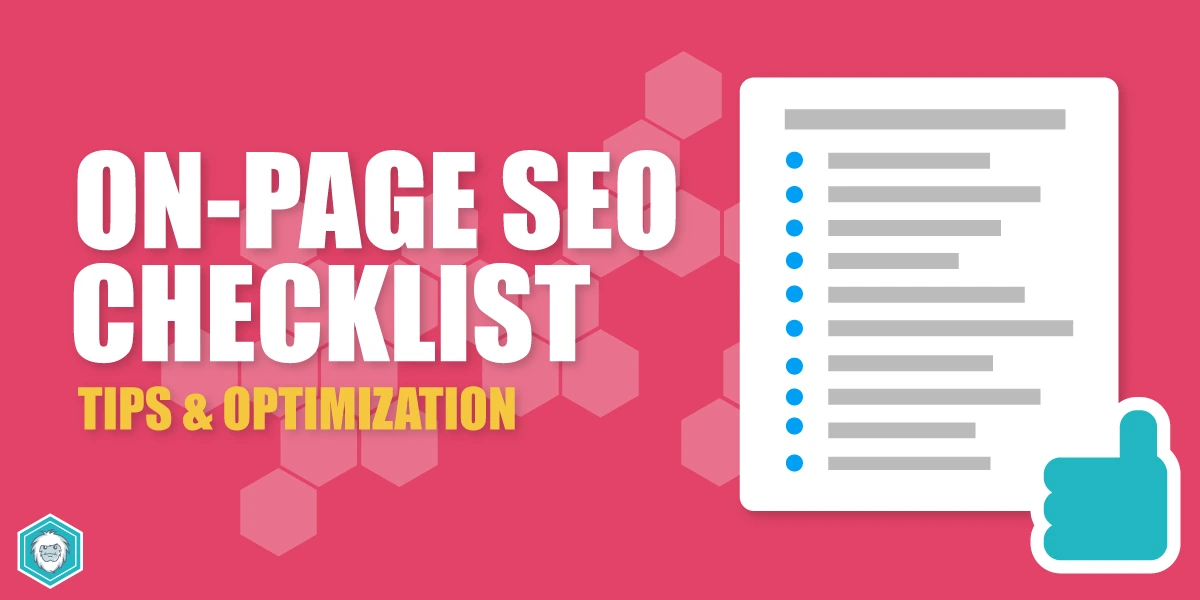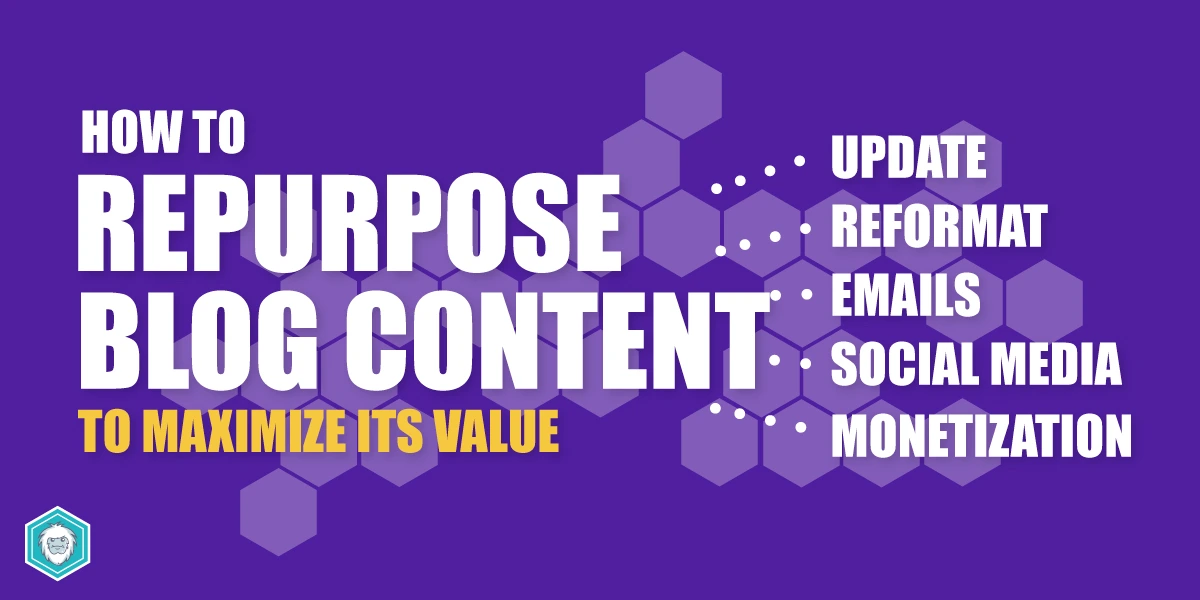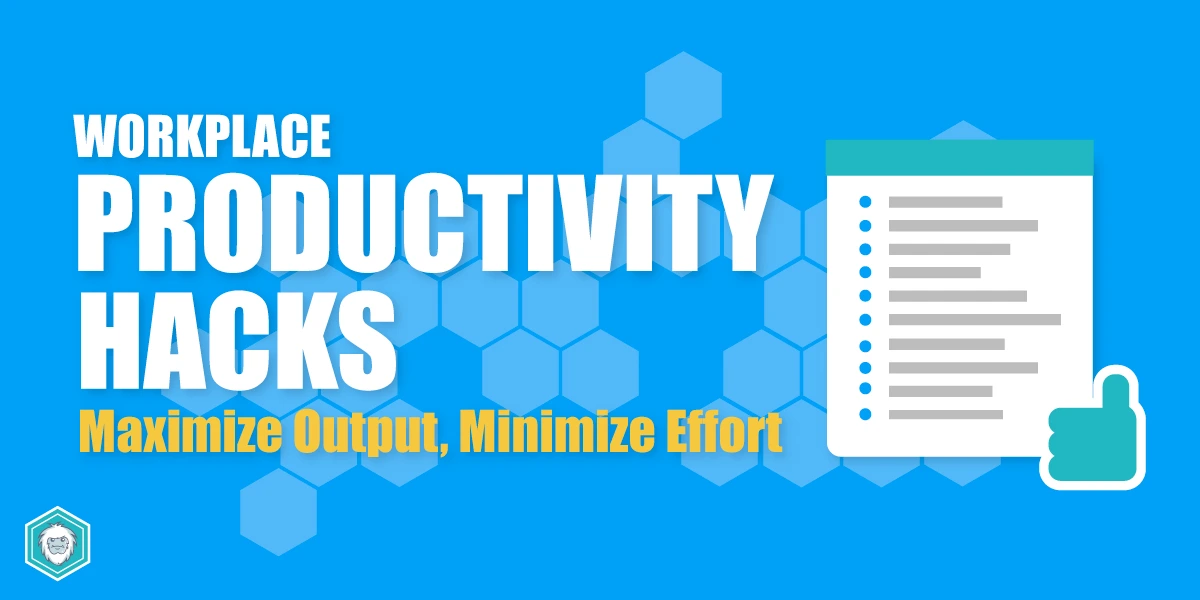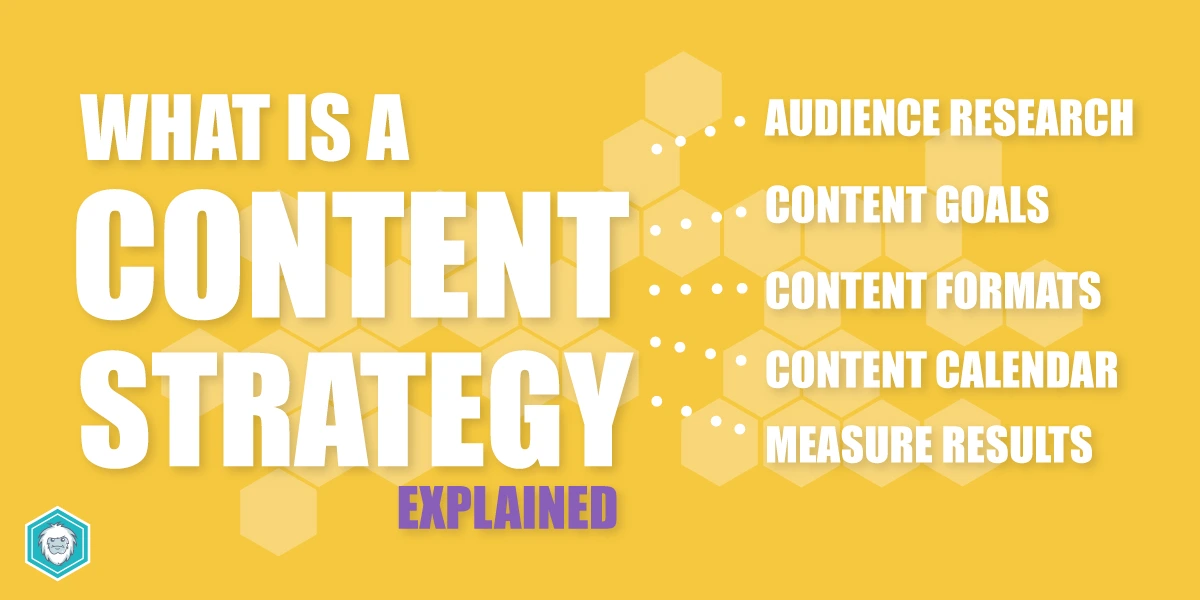Website Mistakes That Hurt Your SEO (And How to Fix Them)
If you’re working hard to grow your website and wondering why your traffic isn’t moving, there’s a good chance that a few simple SEO mistakes might be holding you back.
Don’t worry, it happens to the best of us. The good news? Most of these issues are totally fixable, and once you tackle them, your visibility and rankings can start climbing.
In this guide, I’ll walk you through the most common website mistakes that hurt your SEO, why they matter, and how to fix them without needing to be a tech genius.
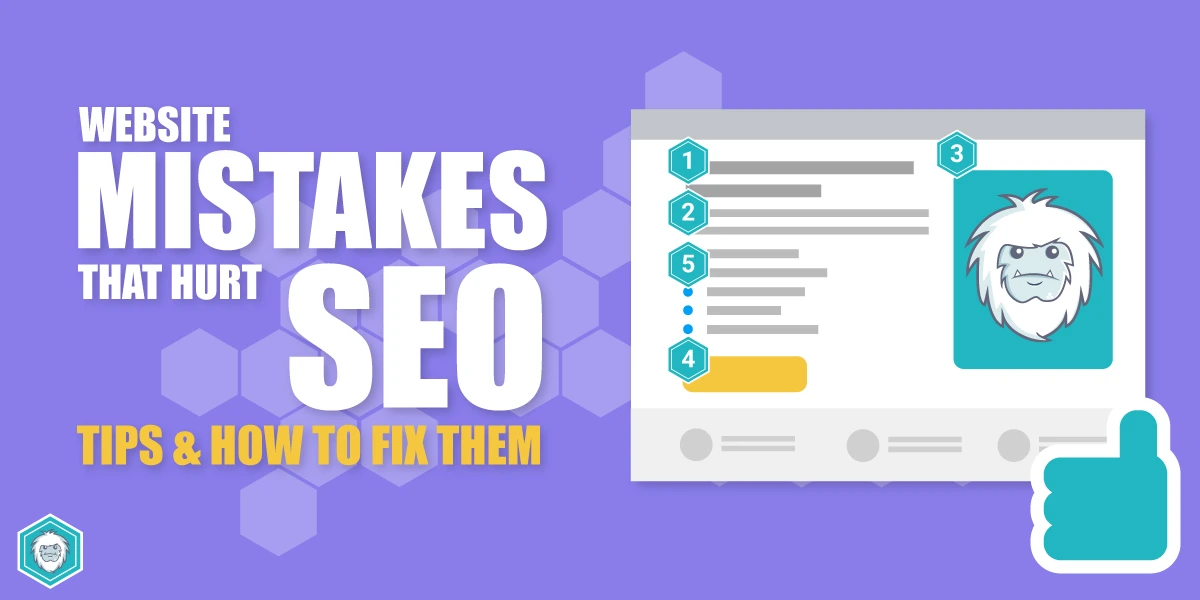
Key Takeaways
- Fix your foundation first – Basic issues like page speed, mobile-friendliness, and clean URLs are essential for ranking.
- Every page matters – Give each page unique metadata, helpful content, and proper internal links.
- Update and audit regularly – SEO isn’t set-it-and-forget-it. Schedule reviews to fix outdated or broken elements.
- Structured data = better visibility – Use schema markup to earn rich snippets and stand out in search.
- User experience is SEO – The easier and more enjoyable your site is to use, the more likely it is to rank.
#1. Slow Site Speed
What It Is:
Site speed refers to how quickly your website loads for visitors. It includes how fast your server responds, how quickly elements like images and scripts are rendered, and how long it takes for the page to become usable. A slow site frustrates users and can negatively impact rankings.
Why It Hurts:
Nobody likes waiting for a page to load, especially search engines like Google. If your site takes more than 3 seconds to load, chances are visitors are bouncing before they even see your content. Search engines see that and assume your page isn’t worth ranking, so you’ll want to optimize your website loading speed to address this.
How to Fix It:
- Compress large images using tools like TinyPNG or Squoosh
- Minimize CSS, JavaScript, and remove any unnecessary plugins
- Use a fast, reliable hosting provider like Hostinger
- Install caching plugins like WP Rocket or W3 Total Cache if you’re on WordPress
Use PageSpeed Insights or GTmetrix to test your websites speed and get suggestions on how to improve it, and where you can mak changes.
Did You Know? According to Google, 53% of mobile users abandon sites that take longer than 3 seconds to load. That’s a lot of lost traffic from one simple mistake!
#2. Missing or Duplicate Title Tags and Meta Descriptions
What It Is:
Title tags and meta descriptions are bits of HTML that describe the content of a web page. The title tag appears in browser tabs and search results, while the meta description is the brief snippet under the title in Google. Missing or duplicate tags confuse search engines and reduce your page’s click-through rate.
Why It Hurts:
Your title tag is your first impression in search results. Missing or duplicate tags confuse both users and search engines. It’s like putting the wrong label on a file cabinet, nobody knows what’s inside until you open it, and if it’s not what you’re lookng for you might just close the door straight away leading to a higher bounce rate.
How to Fix It:
- Make sure each page has a unique, keyword-optimized title tag (under 60 characters)
- Write compelling meta descriptions that summarize the content and include a call-to-action (under 160 characters)
- Use SEO tools like Yoast SEO, Rank Math, or Screaming Frog to audit your site for duplicates
Top Tip: Use our Free Meta Length Calculator to check the length of your meta titles and meta descriptions, with a handy search preview.
#3. No Mobile Optimization
What It Is:
Mobile optimization ensures that your website looks good and functions well on smartphones and tablets. This includes responsive design, legible text, mobile-friendly navigation, and fast-loading content.
Why It Hurts:
Google uses mobile-first indexing, which means it looks at the mobile version of your site first when deciding where to rank your pages. If your site looks like a mess on a phone, is hard to navigate and loads slot then you’re site won’t get the chance to rank high in search engines.
How to Fix It:
- Choose a responsive design that adjusts to different screen sizes
- Use legible fonts and thumb-friendly buttons
- Avoid pop-ups that cover content on mobile
- Test your site with Google’s Mobile-Friendly Test
#4. Thin or Low-Quality Content
What It Is:
Thin content is web content that provides little to no value to the user. It’s often short, vague, or overly keyword-stuffed. Google prioritizes content that is helpful, original, and thoroughly answers a user’s query.
Why It Hurts:
If your content is full of fluff, unhelpful, or stuffed with keywords, it won’t rank. Google’s goal and most other search engines like Bing and Duck Duck GO is to serve the best answer to a search query entered by humans. Thin content that’s light on helpful information or doesn’t answer the persons query or solve their problem just doesn’t cut it anymore.
How to Fix It:
- Make your content specific, useful, and focused on solving a real problem
- Aim for depth over word count, a 500-word post packed with value beats a 1,500-word fluff piece
- Add examples, visuals, or personal insights to boost credibility and engagement
Related: Learn how to create content with AI that’s useful and high quality.
#5. Broken Links and 404 Errors
What It Is:
Broken links are links on your site that lead to non-existent pages, which result in 404 (Not Found) errors. These disrupt the user experience and make it harder for search engines to crawl your site efficiently.
Why It Hurts:
Broken links signal to search engines that your site isn’t well-maintained. It’s frustrating for users to continously get redirected to a 404 page not found error, and can drag down your rankings in search engines.
How to Fix It:
- Use a broken link checker like Dead Link Checker or Screaming Frog
- Set up 301 redirects for moved content so you don’t lose link juice or users
- Regularly audit your internal and external links
#6. Poor URL Structure
What It Is:
URL structure refers to how your website’s addresses are organized. A good URL is short, descriptive, and includes keywords (e.g. /seo-tips instead of /page?id=123). Poorly structured URLs are hard to read, index, and remember.
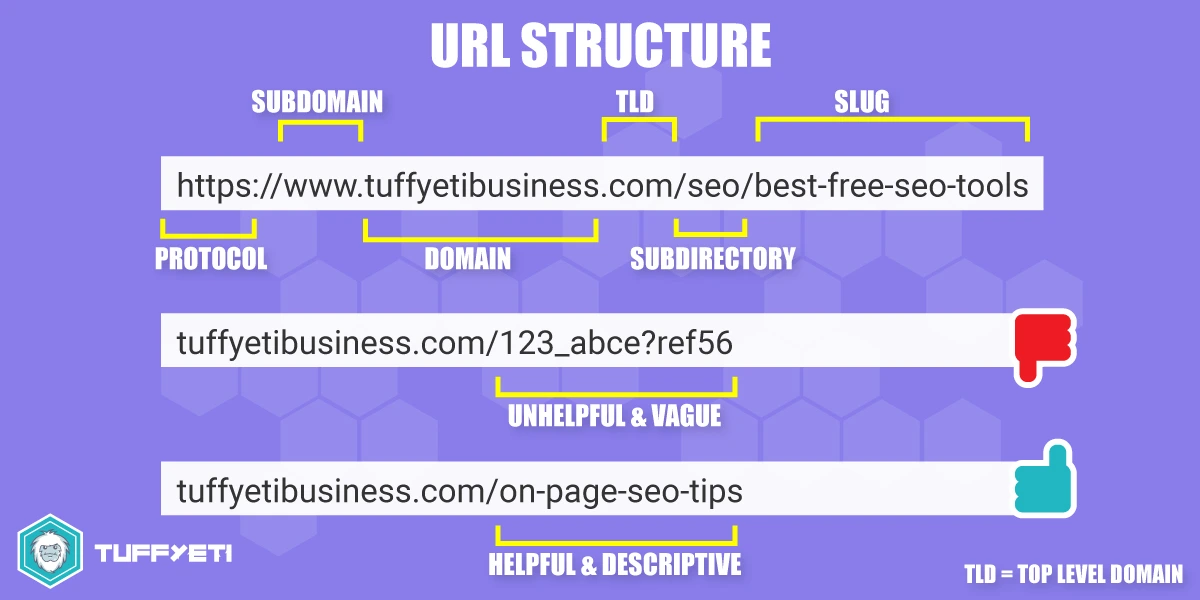
Why It Hurts:
Messy, unreadable URLs can confuse users and don’t offer any keyword or SEO value. A URL like ‘yourwebsite.com/page123?id=456’ doesn’t help anyone understand what the content might be. A better example would be ‘yourwebsite.com/how-to-fix-seo-mistakes’.
How to Fix It:
- Use clean, descriptive URLs with keywords (e.g., ‘tuffyetibusiness.com/importance-of-seo-for-small-business/‘)
- Avoid unnecessary words or symbols
- Use hyphens instead of underscores
#7. No Internal Linking Strategy
What It Is:
Internal linking refers to the practice of linking from one page on your site to another. This helps users navigate your content, and it helps search engines discover new pages and understand your site hierarchy.
Why It Hurts:
Internal links guide both your visitors and search engines through your site by connecting related content. In this post, for example, you’ll notice blue links that point to other relevant articles—these help create a seamless reading experience. Without internal linking, your content stands isolated, making it harder for Google to crawl your site and understand its structure, which can limit your SEO impact.
How to Fix It:
- Link to related blog posts or service pages naturally within your content
- Use descriptive anchor text (e.g., “on-page SEO guide” instead of “click here”)
- Don’t overdo it, 2 to 5 relevant links per post is a good start
#8. Ignoring Image SEO
What It Is:
Image SEO involves optimizing image files on your website so that they contribute to performance and search visibility. This includes using descriptive filenames, adding alt text, compressing files, and using modern formats like WebP.
Why It Hurts:
When images lack descriptive filenames or alt text, you lose a valuable opportunity to enhance your SEO and support accessibility. Alt text not only helps search engines understand what an image represents, but it also assists visually impaired users who rely on screen readers to navigate your content.
How to Fix It:
- Rename files with descriptive names before uploading (e.g., ‘seo-mistakes-checklist.jpg’)
- Add alt text describing the image (bonus points for including a keyword if it fits naturally)
- Compress files to improve page load speed
#9. Not Updating Content Regularly
What It Is:
Keeping your website content current means regularly reviewing and revising pages to ensure accuracy, relevance, and freshness. It’s about making sure your information stays aligned with what your audience and search engines expect.
Why It Hurts:
Search engines like Google prioritize fresh, relevant content. If your blog posts or pages are outdated, they may lose their value in the eyes of both users and search engines—causing you to slip in the rankings, even if they previously performed well. For instance, if you’ve published a post titled “Best Cheap Web Hosting 2024”, it’s smart to update it to “Best Cheap Web Hosting 2025” and revise the content to reflect the latest information, pricing, or service changes. Regular updates keep your content competitive and trustworthy.
How to Fix It:
- Set a reminder to review key content every 3 to 6 months
- Update outdated stats, screenshots, or examples
- Add new insights or FAQs to keep the content useful
- Refresh the publish date when making meaningful updates
#10. Overlooking Structured Data
What It Is:
Structured data (also known as schema markup) is a type of code you add to your website that helps search engines better understand your content. It provides context and can enhance search listings with rich snippets.
Why It Hurts:
Structured data provides extra context that helps Google interpret your content more accurately. When you skip it, you miss the chance to appear with rich snippets, those enhanced search listings with star ratings, FAQs, or how-to steps, that can dramatically boost your visibility and click-through rates in the search results.
How to Fix It:
- Add basic schema markup using plugins like Rank Math or manual JSON-LD snippets
- Use Google’s Structured Data Markup Helper to generate schema
- Prioritize FAQ, Article, Local Business, and Review schema for small business sites
- Test implementation using Rich Results Test
Summing Up – SEO Mistakes Can Be Easily Fixed
SEO is more than just keywords, it’s about creating a faster, more accessible, and more valuable experience for your visitors. The good news? These common issues are often simple to identify and fix.
Even small adjustments can make a big difference in your rankings, traffic, and user satisfaction.
Where to start:
- Run a speed test using Google PageSpeed Insights or GTmetrix
- Use Screaming Frog or an SEO plugin to find missing title tags and broken links
- Preview your site on a mobile device and test it with Google’s Mobile-Friendly Test
- Revisit old blog posts and update them with new stats, keywords, or insights
- Start adding internal links to your top-performing content
- Rename and compress large images, and add descriptive alt text
Start with one area at a time. Progress compounds, and even small wins can lead to big SEO results.
FAQs: Website SEO Mistakes
What is the most common SEO mistake on websites?
The most common mistake is neglecting on-page basics, like poor title tags, lack of internal links, and slow page speed. These foundational issues are often overlooked.
How do broken links affect SEO?
They signal poor site maintenance and frustrate users. Over time, too many 404 errors can lower your site's trust and visibility in search engines.
Is page speed a Google ranking factor?
Yes. Google has confirmed that site speed affects rankings, especially for mobile users. A faster site improves user experience and can boost your search performance.
How can I check for SEO issues on my site?
Use tools like Google Search Console, Screaming Frog, or Sitebulb to crawl your site and identify issues. Many SEO plugins also offer suggestions in real time.
Related Resources
- SEO Terms To Know (Comprehensive Glossary)
- Best SEO Audit Tools
- How to Optimize Website for Voice Search

